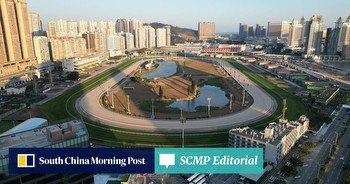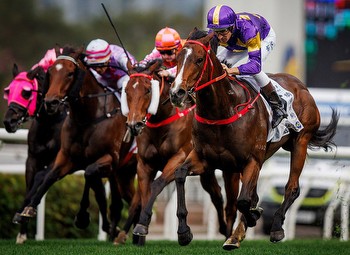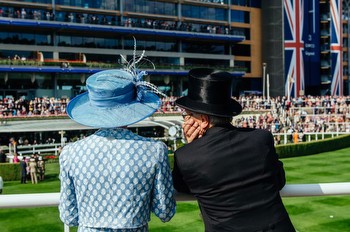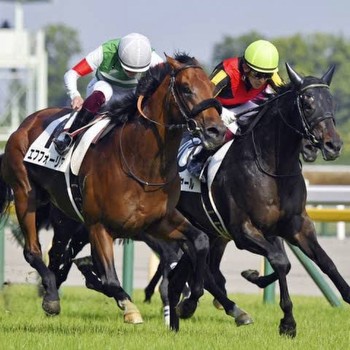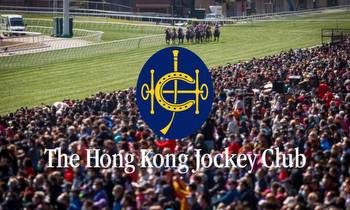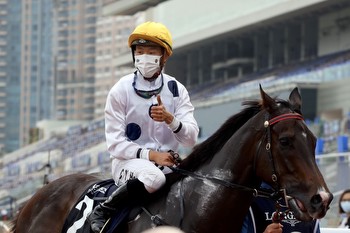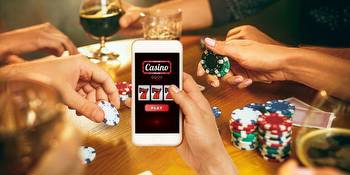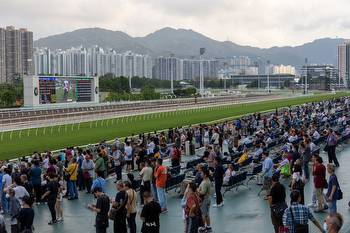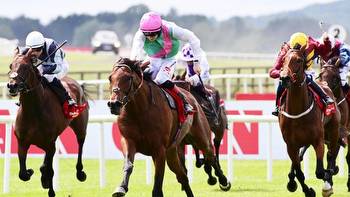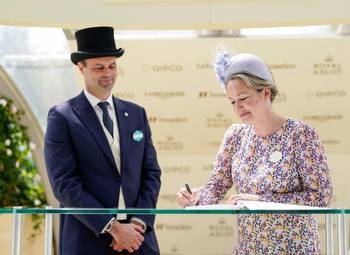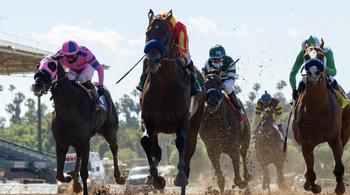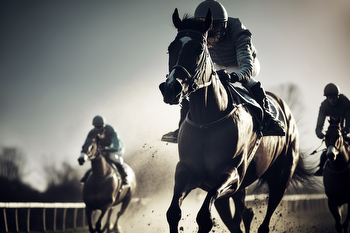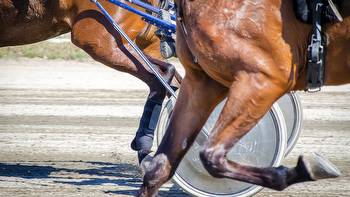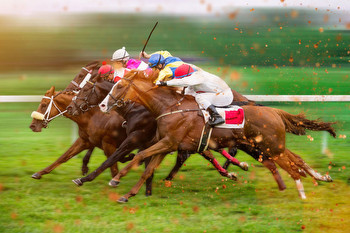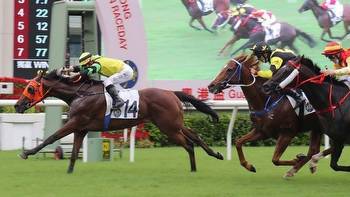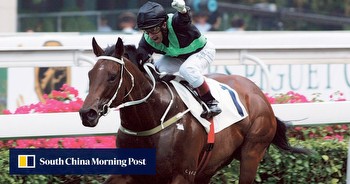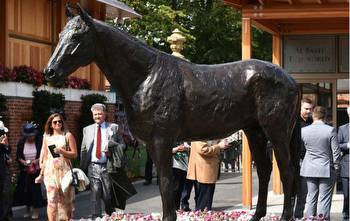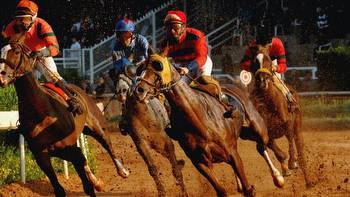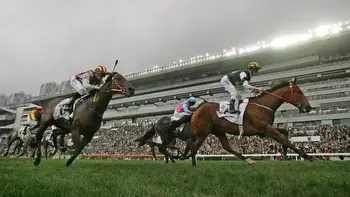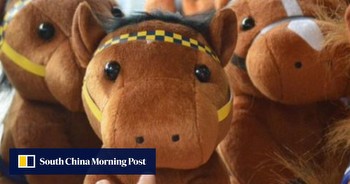Large-scale festive murals at the Sha Tin Racecourse celebrate diverse connections between horse racing sport and Hong Kong daily lives
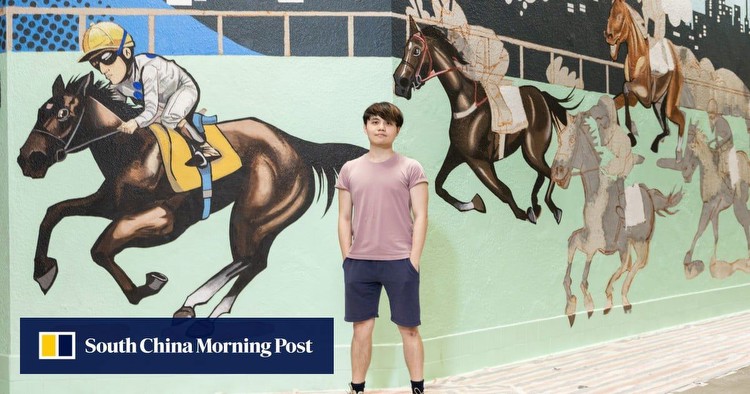
Murals are great for large-scale storytelling, Tao believes. “They’re immersive and there’s no distance between the viewer and the art. Plus, you can feel the textures and layers. It’s way different from a museum experience.” Tao’s been into horse racing since he was young, and it’s what got him into painting. He was drawn to the eye-catching jockey costumes and gear. “Murals are part of pop culture because they’re flexible and diverse. They tell great stories that appeal to people of all ages and backgrounds,” he adds.The murals in five zones have been designed and presented in a way that they encourage viewers’ interaction and discovery. They are welcome to explore and discover hidden gems in the details and strike a pose next to scenes with mind-blowing trompe l’oeil and 3D effects. The captivating snippets of how horse racing is integrated into everyday lives and heritage in the city unfold in full view of the viewers as they walk into the Public Betting Hall. Greeting them at the entrance is a huge mural of champion racehorses in pop art and graffiti styles. It symbolises the start of an epic adventure, and the beginning of the racing season. Our collective memory comes alive in another mural where a galloping horse is racing against the iconic tram and taxi, in the middle of Hong Kong’s timeless cityscape. It’s got all the nostalgic vibes with dai pai dong and neon signs. This mural echoes the famed saying “horse racing and dancing will go on.” “It aptly reflects that the sport has continued to be part of our everyday lives,” Tao notes.
Step into the past and present of the Sha Tin Racecourse and Penfold Park (built and managed by HKJC) in another section. It will hit the viewers with nostalgia, via a lively portrayal of the original village and food vendors and hawkers. “Look out for the small authentic details on the betting table at the stalls and the great selfie spots with painted skewers,” Tao notes, pointing to the tiny label on a bottle of sauce. Visitors are welcome to guess why the champion racehorse Silent Witness is with a red saddle. This mural is an artistic testament to how HKJC has contributed to the transformation of a community.
Tao and his team are mixing up styles with their art, blending traditional Chinese Gongbi (careful realist technique) and Western realism, as well as 2D and 3D effects. For example, one mural depicts how the captured movement of a horse jumping over a hurdle at Beas River Equestrian Centre is seamlessly transitioned to another one chilling in the stable. “Our goal is to achieve a visually stunning yet harmonious impact.”
Check out the adjacent pillars of street scenes depicting how horse racing has been a beloved form of entertainment for many on racing days. Carefully researched authentic details, such as racing newspapers and dolls, can be found. And there’s even a capsule toy machine with Mark Six balls for some extra fun. The equally iconic Silver Bag Restaurant is the venue where fans get excited by the racing actions on the TV screen, trying their luck with Mark Six, while savouring distinctive local culinary tradition.
At the entrance to the Member’s Enclosure, 3D horses are busting out of Wan Chai Station. And if you need a break from all that excitement, head over to the Parade Ring Public Seating Area where you can chill with a jockey taking a breather. Don’t forget to snap a selfie in front of the Victory Arch with the winning horse - it’s the ultimate Insta-worthy moment.
As the world embraces AI, the metaverse, and AR/VR, the mural art project is a rare opportunity for young artists like Tao and his team to showcase their craftsmanship, honed by years of hard work and passion. “We are grateful to HKJC for their support and help in making this happen,” he says.
“We want people to rediscover artisanship. We have spent months on the project, starting from the initial ideation and then the execution. Even the initial drafts are hand-painted,” Tao adds. “Like me, most of the team are fine arts graduates of the Chinese University of Hong Kong. We take the Gongbi approach, which goes beyond computer graphics technology.”
Tao urges people to come and join the ‘actions’ of the iconic horse racing sport. “Everyone will be able to take away something from this immersive artistic experience,” he says. “The sport is expected to make a bigger impact in Asia. I have friends from overseas who have made the racecourse a must-visit in their itineraries.”
